Candy dishwasher won't drain
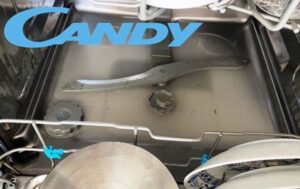 Dishwasher owners are often faced with a situation where their “home assistant” has washed the dishes normally and is already preparing to complete the work cycle, but suddenly stops right before the water is drained. Why doesn't the Candy dishwasher drain water for no apparent reason? At the same time, the equipment pump is silent in some cases, and sometimes continues to hum as if it is working and everything is in order. Lack of drainage may be due to improper connection of the machine, blockage, or due to technical damage. We will tell you further how to recognize the problem, drain the water and fix the problem.
Dishwasher owners are often faced with a situation where their “home assistant” has washed the dishes normally and is already preparing to complete the work cycle, but suddenly stops right before the water is drained. Why doesn't the Candy dishwasher drain water for no apparent reason? At the same time, the equipment pump is silent in some cases, and sometimes continues to hum as if it is working and everything is in order. Lack of drainage may be due to improper connection of the machine, blockage, or due to technical damage. We will tell you further how to recognize the problem, drain the water and fix the problem.
Why is there no drain?
First of all, let's list the main causes of drainage problems. Each of these problems can be fixed by yourself, so don’t be alarmed if something from the following list happens to your device.
- The drain hose is squashed. Carefully examine this long and thin PMM element; it is possible that it is bent somewhere, or you unknowingly placed a heavy object on top of it, which blocked the normal passage of water. Straighten the hose, remove heavy loads from it, and also make sure that the hose is not damaged. After all of the above steps, activate the drain mode again to make sure that the water is now draining.
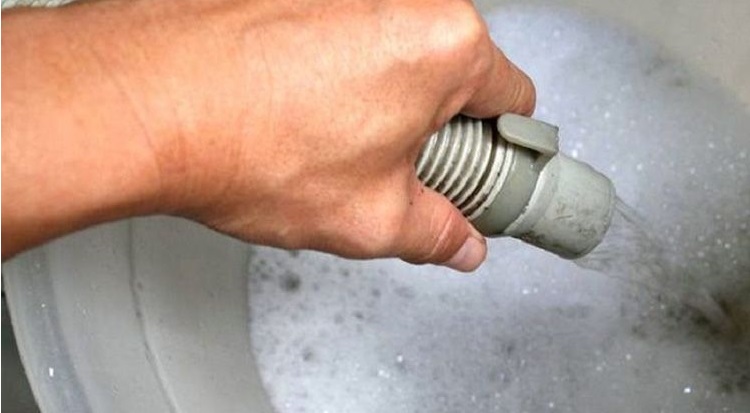
- The drain filter is clogged. This can happen due to leftover food, garbage or pieces of broken dishes. To ensure that this definitely does not happen to your household appliances, clean the filter monthly to remove foreign objects.
Never load dishes with food residues into the PMM, as they may clog the filter and cause a lack of drainage.
- Pump and drain pipe clogged. This is also affected by debris, food debris, and other things that clog the pump with the pipe, causing water to accumulate in the pan and cannot escape through the drain path.
These are the three most common drainage problems in modern dishwashers, which we will now deal with.
Let's inspect and clean the PMM filter
If you suspect the filter is clogged, then there is nothing to worry about, because this is the easiest problem to fix. You just need to carry out the standard cleaning procedure, which is recommended to be done monthly. To do this, first drain the liquid.
- Prepare a basin for water.
- Disconnect the hose.
- Activate the drain.
During this procedure, you can also examine the pipe and sewer for blockages. After you have drained the water from the hopper, you can begin cleaning the filter.
- Disconnect the machine from the power supply.
- Remove all baskets from the washing chamber.
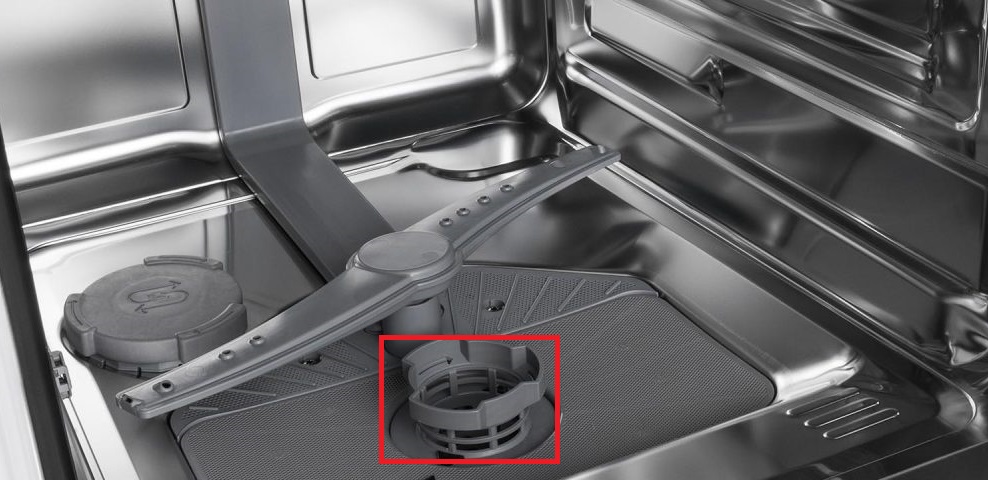
- Locate the filter at the bottom of the chamber and remove it.
- There is a mesh installed at the bottom, which also needs to be pulled out for further cleaning.
- Thoroughly clean the elements from debris and dirt with a soft brush and powerful pressure of hot water.
- Additionally, remove the pump cover and carefully check the impeller, which may have gotten into fragments of broken dishes, thereby blocking it. This pump cover may be snap-on or screw-on.
Now all that remains is to test the performance of the machine after cleaning the filter. If even after this the water does not drain, then move on to the next point.
The pump may not be working
What to do if everything is fine with the PMM filter, but the drain still doesn’t work? This means that the reason may be hidden in the dishwasher pump. It’s not easy to get to because you’ll have to partially disassemble the machine. However, there is nothing complicated about this; a good owner can do everything with his own hands.
- If the water has already been drained from the device, then all that remains is to slightly tilt the device on its side to drain the last remaining liquid.
- Using a sponge, wipe the filter dry and remove all moisture in it.
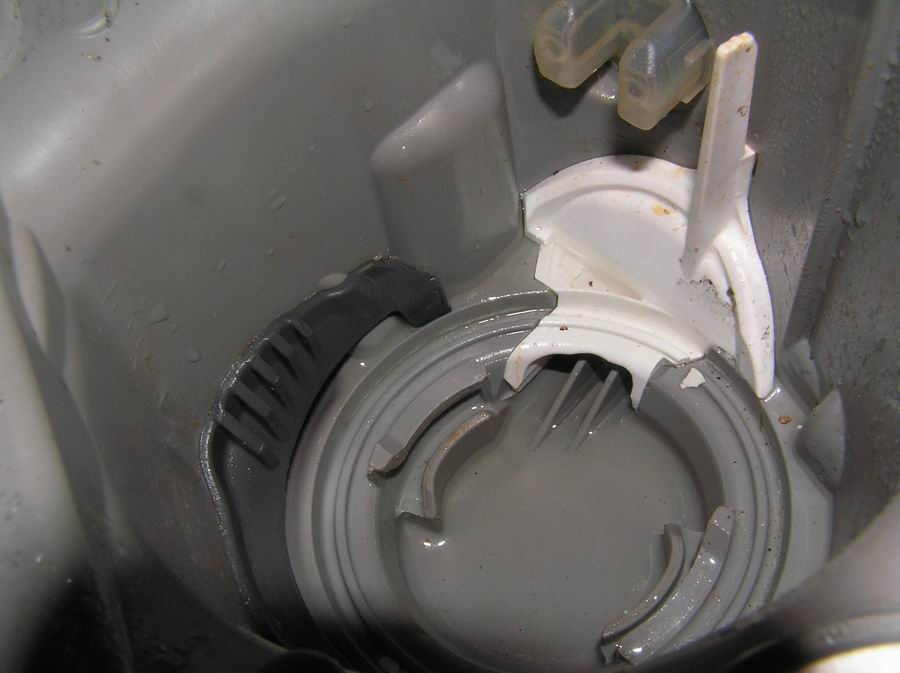
- Place the “home helper” on the back wall.
- Remove the screws that secure the bottom cover.

- Carefully disconnect the leakage sensor fixed to the bottom cover on the other side.
- Disconnect all wiring that is connected to the pump, and then remove the screws holding the pump in place.
Be sure to take a photo of the wiring so that later you have an example of how to properly connect the pump.
Testing of the part takes place in two stages. First you need to check the impeller to see if it rotates well, and then you should check the resistance of the pump using a multimeter set to ohmmeter mode. Connect the tester probes to the pump contacts. The readings should be around 200 Ohms. If the indicators are not normal or the impeller does not rotate, then the element must be replaced. If the pump is simply clogged, then remove all debris so that the problem goes away.
PMM does not recognize the amount of water poured
When both the pump and the filter have been checked, but the drain still does not work normally, you need to examine the pressure switch. This water level sensor is installed in order to transmit information about water pressure to the control board. Based on this information, the control module decides what to do with water - add, leave or drain.Therefore, if the sensor is broken, the control board will not receive any signals and simply will not know that the water needs to be drained. To check, follow the instructions: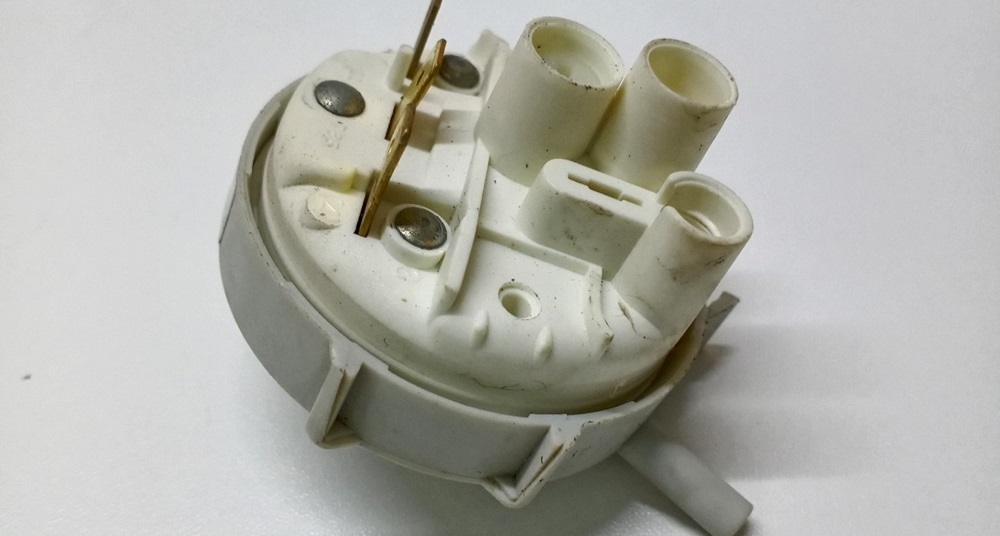
- The pressure switch, like the pump, is located under the bottom cover of the dishwasher. It looks like a small round plastic washer with a pressure tube connected to it;
- remove the tube using pliers, unscrew the holding screws and pull out the sensor itself;
- Check the device with a multimeter and also inspect it for damage.
If the sensor malfunctions, do not even try to repair it, but rather immediately replace it with a new part. Well, if even with a new pressure switch the machine does not drain water, then there is a high probability that a breakdown in the control board is to blame. Self-repair of this element is not recommended, so it is better to immediately call a specialist for diagnosis and repair.
Interesting:
Reader comments
- Share your opinion - leave a comment


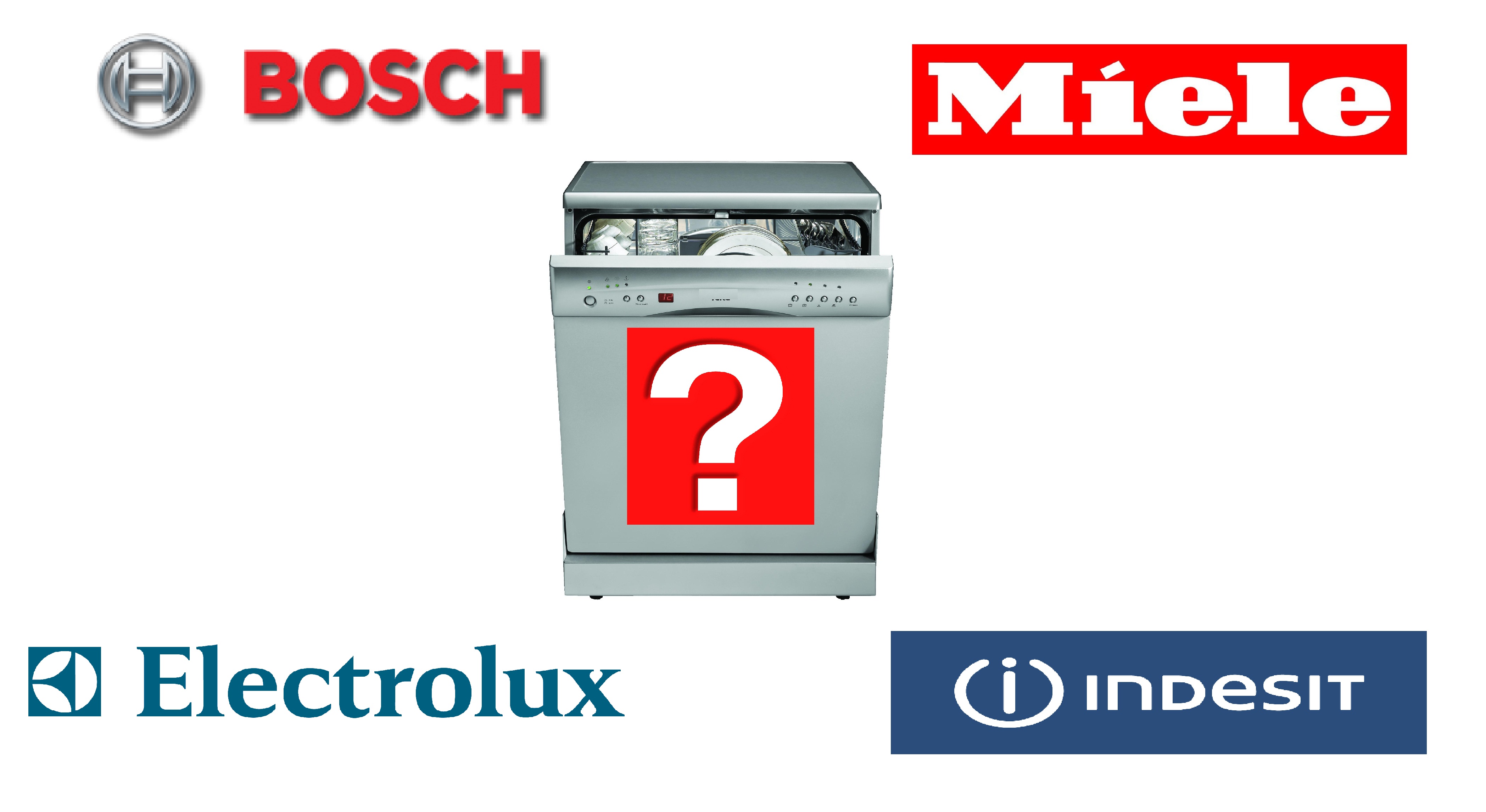
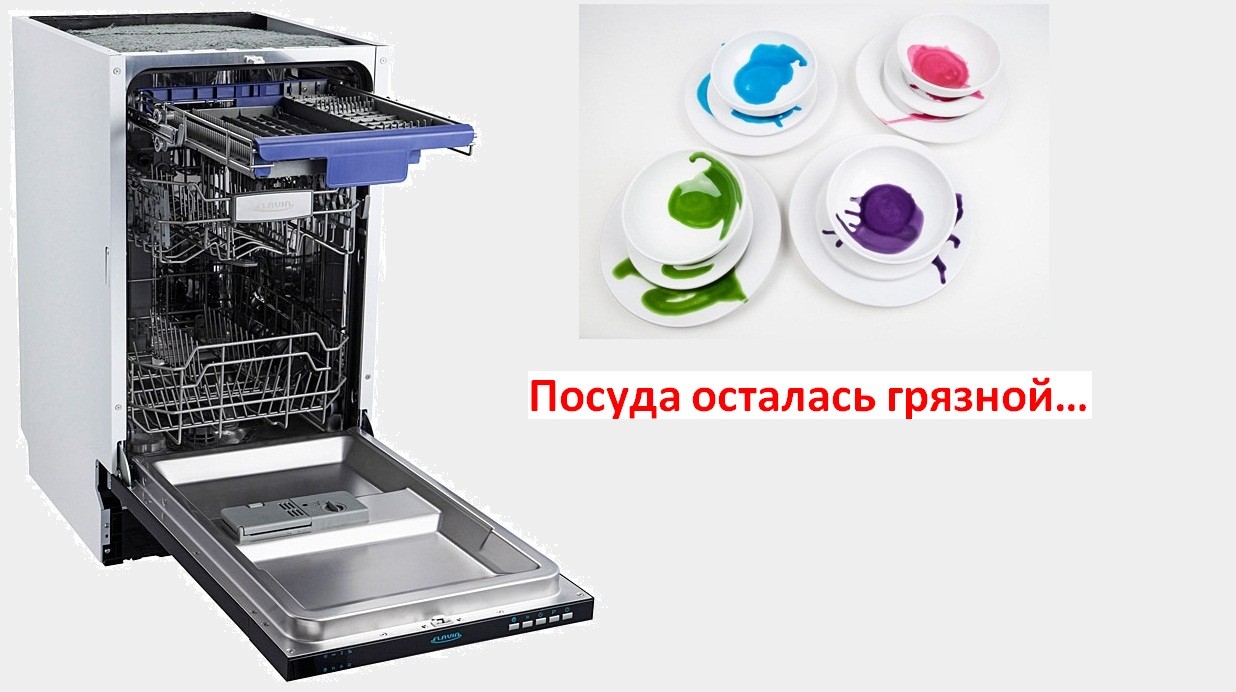

















Add a comment